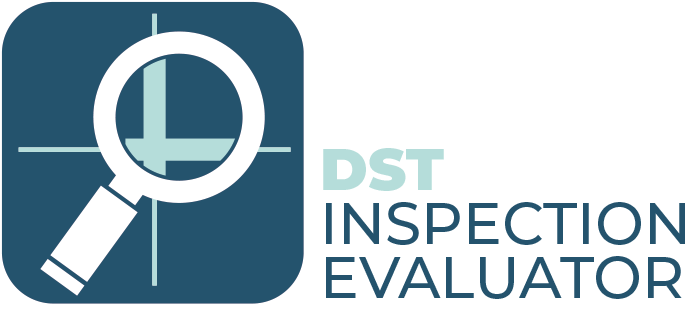DST modules can be used individually or in combination to evaluate what is worth doing, why and when, in managing any type of physical asset in any type of organization.
Developed as part of an international,
multi-industry collaboration program (the SALVO Project), and validated by the University of Cambridge, they enable best practices in asset management decision-making.
They are available as stand-alone desktop-based software licenses, or as network-installed corporate multi-user systems, with scope for interfacing and embedding within existing business processes.
DST modelling and analysis can also be obtained as a service from our network of expert facilitators and consultancy partners around the world.
Discover how DST Strategy Evaluator modules support the internationally acclaimed SALVO Process.

Life cycle cost/risk/performance evaluation of asset choices, optimal timing for asset replacement, evaluation of life extension options, obsolescence, procurement and decommissioning decisions.
Existing asset life cycle decisions:
New asset life cycle decisions:
Embedded capabilities:

Evaluation and optimization of spares and materials inventory decisions, supply chain and purchasing strategies, operational standby and redundancy options.
Typical decisions facilitated by this tool:
Embedded capabilities:

Cost/benefit/risk evaluation and optimal timing/intervals for preventive maintenance, planned corrective maintenance, performance improvement and asset life extension activities
Embedded capabilities:

Optimization of work bundling, shutdown strategies, intervals and opportunity alignments for projects, maintenance, inspections and other tasks. Evaluation of resource, budget and other constraints upon shutdown, outage or turnaround strategies/intervals.
Embedded capabilities:

To evaluate cost/benefit & risk impact of any non-repeating asset intervention, project or business change. This module provides consistent business case evaluation and justification of all types of project, proposal or investment options, enabling objective comparison, ranking and prioritization of expenditures. It also helps to quantify and monetize the ‘premium’ paid for compliance with mandatory requirements and the value of ‘intangibles such as reputation, morale and social responsibility.
Embedded capabilities:

Cost/benefit/risk evaluation and optimal timing/intervals for inspections, condition assessments, asset health monitoring, predictive maintenance tasks and functional testing activities.
Predictive maintenance/condition monitoring strategies
Hidden failures/functional testing strategies
Embedded capabilities:

DST StAMP (Strategic Asset Management Planner) is the leading-edge tool to aggregate and optimize complete programs of asset investment and other interventions that are competing for funding and resources to address conflicting objectives and within multiple constraints.
Unique flexibility, capability and real-time ‘what if?’ facilities
Embedded capabilities:
Discover how the DST Evaluator modules are applied alongside the internationally acclaimed SALVO Process.
We would be happy to speak with you and learn how we can help you and your business.
| Cookie | Duration | Description |
|---|---|---|
| wp-wpml_current_language | session | No description available. |